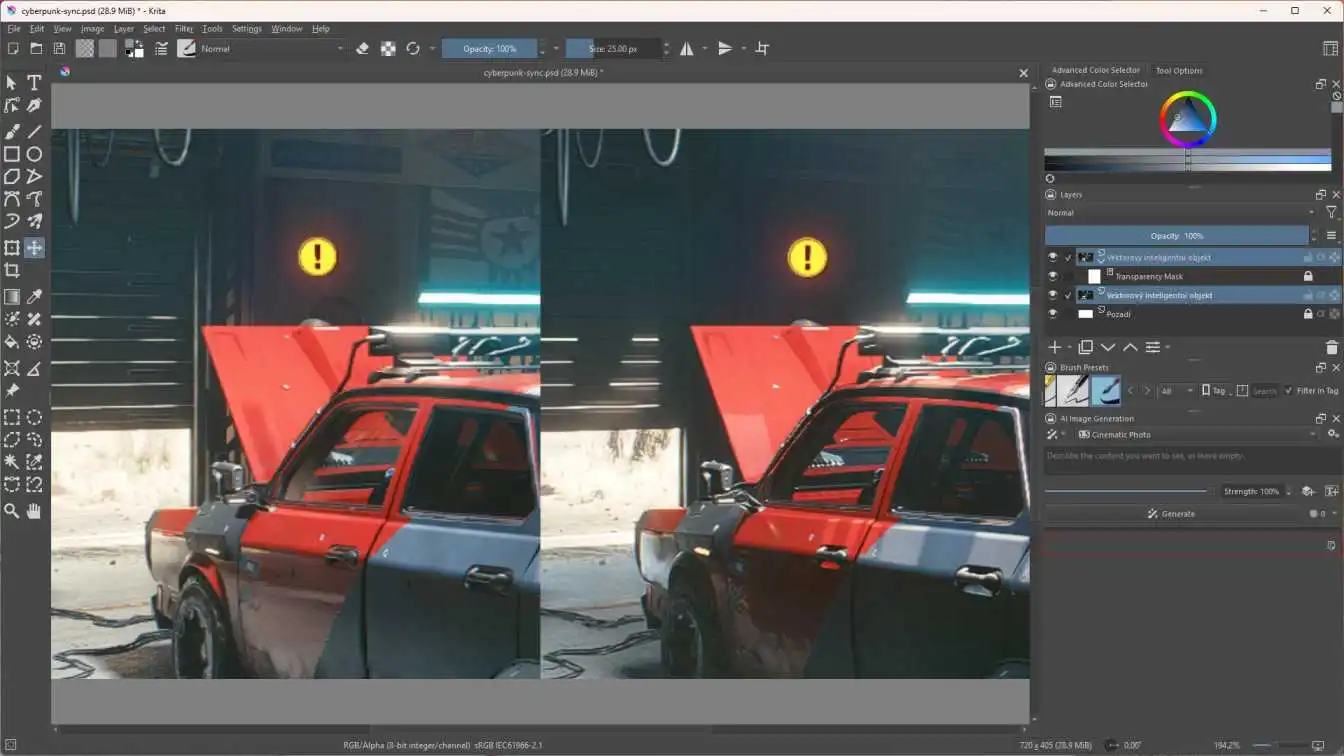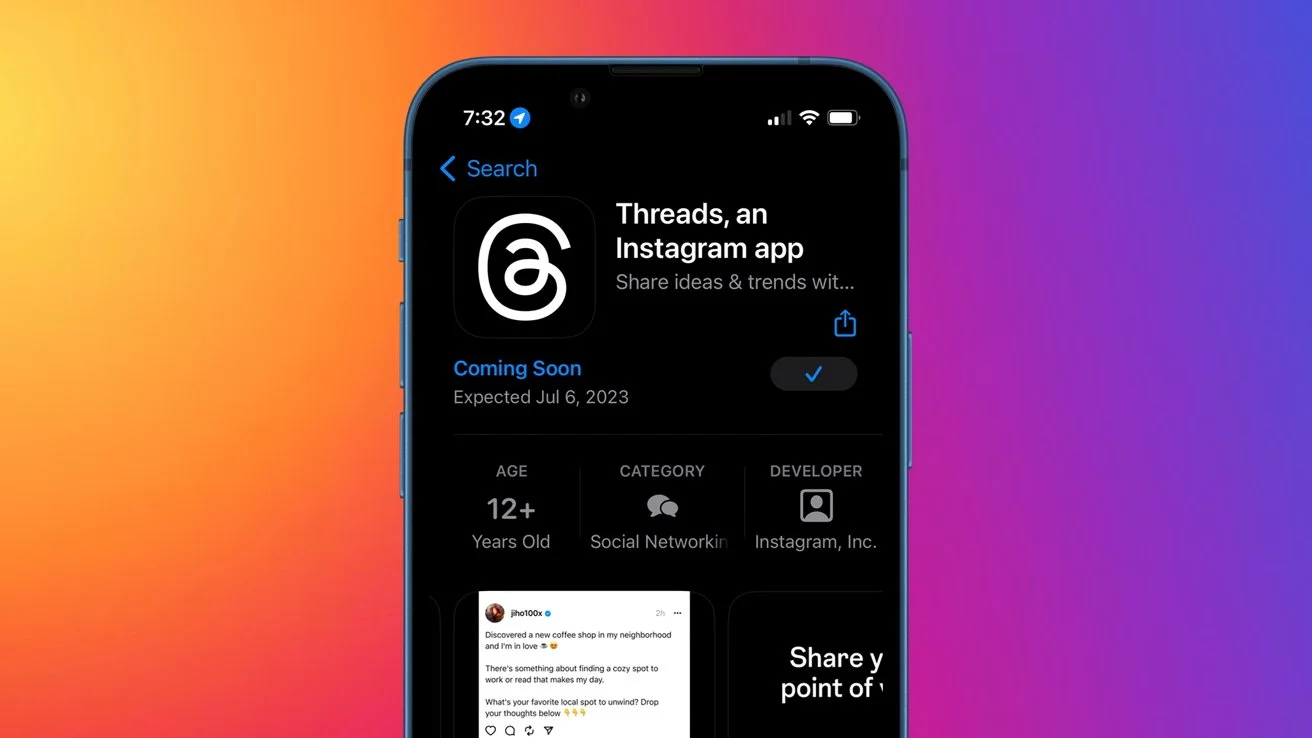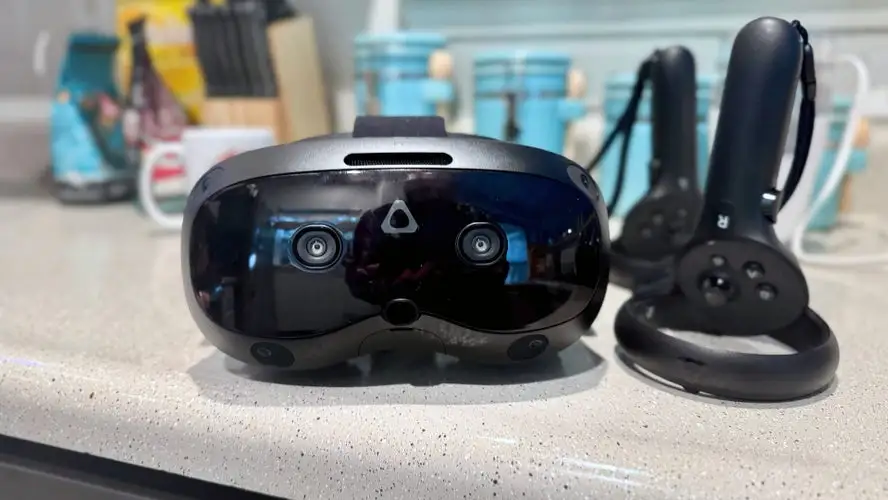Let's get this straight up front: The Vive Focus Vision isn't a competition to the Meta Quest 3, or the recently introduced Quest 3S. At $999, how could it be? Instead, it's another effort at the high-end VR market for HTC Vive, an audience it's nurtured since the debut of the first Vive headset in 2016. While Meta has moved more towards cheaper and more consumer VR headsets over the last decade, HTC Vive has done exactly the opposite, pushing for VR gearheads and business clients with PC headsets like the Vive Pro 2 and feature-rich standalone devices like the Focus 3.
You may think of the Vive Focus Vision as a hybrid between the Focus 3 and last year's goggle-like XR Elite. It's a standalone headset with two 16MP color cameras for mixed reality, built-in eye tracking and automated interpupillary distance (IPD) correction. It might also be tempting to PC gamers with its $149 DisplayPort wired streaming gear, which provides you an uncompressed picture of high-end VR games like Half-Life: Alyx.
Hardware: An Aging CPU
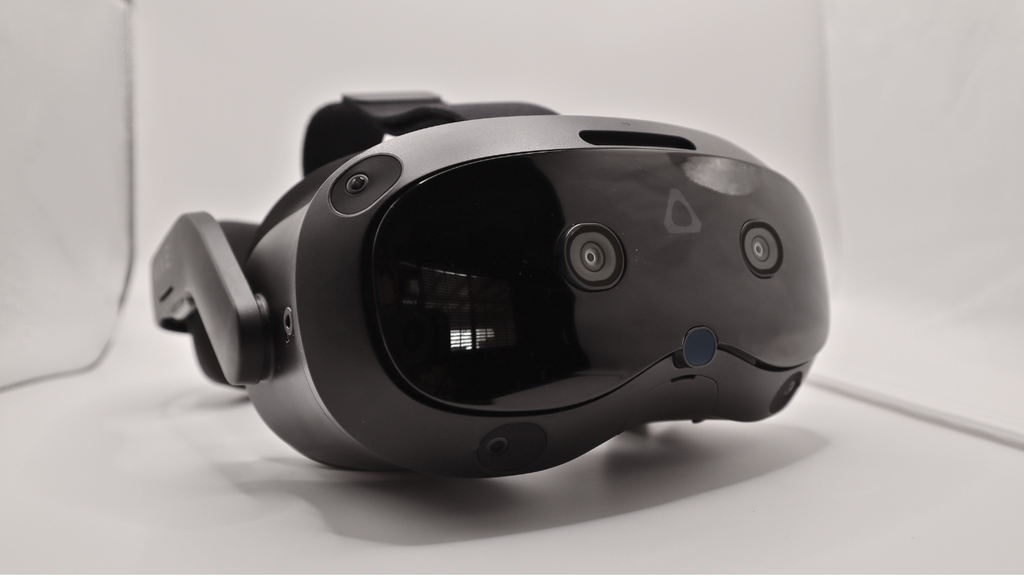
As exciting as its new capabilities are, though, the more I used the Focus Vision, the more it seemed like a squandered opportunity for HTC’s Vive VR platform. For one, it's running the same Snapdragon XR2 CPU as the Focus 3 and Quest 2. That processor initially launched in 2020, and it simply looks unacceptable in a high-end headset now. Both the $300 Quest 3S and $500 Quest 3 feature the XR2 Gen 2 CPU, which is 2.5 times quicker than the original chip and also boasts up to eight times faster AI processing. For a high-end headset at the tail-end of 2024, I would have expected HTC to at least equal the power of considerably cheaper competitors, or – even better – to integrate Qualcomm's latest XR2+ Gen 2 processor.
The Focus Vision is also still employing antiquated Fresnel lens optics, which are prone to artifacts and light bleeding, instead of the crisper pancake lenses in the Quest 3. At least HTC crammed in 12GB of RAM this time around, compared to the 8GB seen in the Focus 3 and Quest 3. And the firm still has a resolution edge over the Quest 3: The Focus Vision offers 2,448 by 2,448 pixels per eye, compared to Meta's 2,064 by 2,208 pixels per eye. HTC Vive's 120-degree field of vision also gives a stronger feeling of immersion than the 110-degree FOV in the Quest 3.
The Focus Vision shines brightest when it comes to overall build quality and comfort. Even though it's built of plastic like the Quest 3, it's a solid gadget that definitely seems more high-end than Meta's products. Ample padding allows the Focus Vision sit securely on your forehead and behind your noggin. And its halo-like head strap, along with the flexibility to flip up the visor, makes it easy to slide on over thick spectacles.
Best of all, the Focus Vision incorporates a changeable battery at the rear of its headstrap. That gives a good counterpoint to the large front-end, and it may possibly allow you stay in wireless VR all day if you've got enough backup batteries. The headset also features a tiny built-in battery, which allows you to continue in your VR session even when you're switching out the bigger back power cell. This is the type of feature we'll probably never see in a consumer Quest headset, since it's simply too expensive to install, and Meta isn't built for business clients that want constant connectivity. (And to be fair, it's also easy to just connect the Quest 3 into a USB battery pack.)
In use
Using the Focus Vision doesn't seem much different than the Focus — a headset I loved when I reviewed in 2021, but as a business-focused product I advised that no consumer should really purchase it. That's not too shocking, I think, given both headsets have the same fundamental design, screens and CPU. In solo VR mode, playing the Maestro demo actually made me feel like I was leading an orchestra (an sensation I previously experienced on the Quest 3S), and I loved bouncing about a few virtual worlds in VR Chat.
Other experiences, like the famous underwater VR short theBlu, felt just as immersive as they did with clunkier tethered headgear. While I could tell the Focus Vision didn't have the greatest lenses around, and I wished it had more graphics horsepower, it nevertheless offered a thrill as I stood in the midst of a submerged shipwreck, waiting for a big blue whale to pass by. It was also good to see the Vive app marketplace a bit more packed than it was in 2021. Still, it pales in contrast to Meta's Quest collection, which includes considerably more titles and plenty of fascinating exclusives (including Star Wars titles like the Vader Immortal series and Tales from the Galaxy's Edge).
We already knew that HTC Vive could produce a solid headset - the Focus Vision’s controllers and speakers are just as capable as they were on the previous model – but what about the Focus Vision's additional features, including mixed reality and eye tracking? Unfortunately, there's not much to say just now. There are a few of mixed reality experiences available, such the creativity software Figmin XR and the shooter Yuki, but they're not exactly mind shattering. The Focus Vision's 16MP mixed reality cameras give a hazy image of the actual world (similar to the Quest 3 and 3S), so it's not quite as immersive as something like the significantly costlier Apple Vision Pro.
The Focus Vision's eye tracking function also refused to operate for me altogether, even after I tried to calibrate it without glasses numerous times. That didn’t seem like a significant loss though, considering there are only a few of games in the Vive shop that support it (such Capsule Critters and Mare). It's a feature that appears more beneficial for developers who want to design their own eye tracking experiences, than it is for users who just want to play games using eye tracking.
Read Also: Final Ears Everboom Review
Solid stand-alone VR
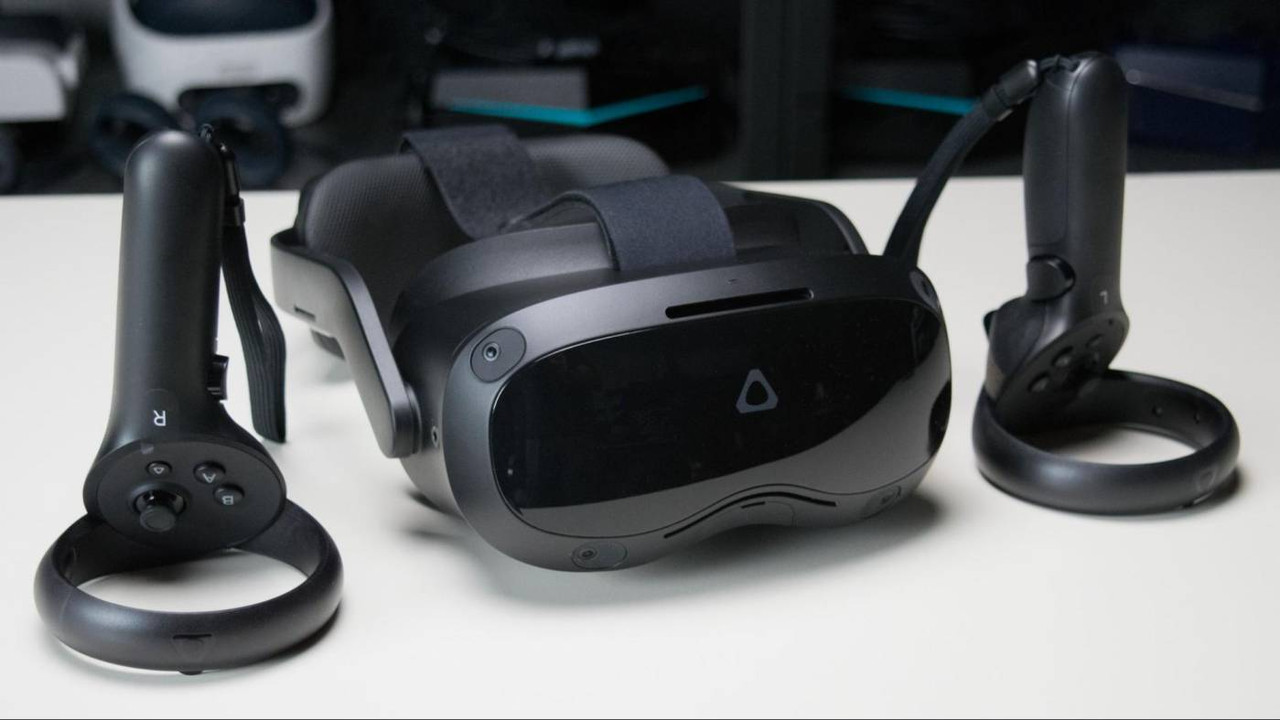
A greater selling point for the Focus Vision is its ability to transmit uncompressed desktop VR experiences — but only when you invest in the $149 DisplayPort streaming gear. While Meta's Quest's headsets have been able to connect to PCs for years, initially via USB-C cords then wirelessly, they also give a significantly reduced vision of desktop VR. By moving straight to the DisplayPort connection on your video card, HTC Vive intends to give something closer to what we saw with the Vive Pro 2 and other dedicated PC headsets.
After playing half an hour of Half-Life: Alyx, I can tell that the Focus Vision gives a great desktop VR experience, especially for a standalone device. But considering that it currently costs $999 and requires an extra $149 adapter to get there, it's impossible to say who will find this intriguing. True VR aficionados have likely already invested in serious desktop systems like the Valve Index, or the new Bigscreen Beyond (which employs incredibly clear microLED panels like the Vision Pro).
The beauty of attaching standalone headsets to PCs has always been about value. It was a tremendous benefit when the $300 Quest 2 could produce acceptable desktop VR. But that just isn't the case for the Focus Vision. I guess if you’re a developer who wants a single device for testing both standalone VR and complicated desktop apps, or working for a firm that needs multi-use VR headsets, the Focus Vision may meet some type of demand. But either way, that seems like a rather niche use case.
The Focus Vision’s auto-IPD adjustment, which detects your eyes and physically shifts the lenses to be at the correct position, was likewise hit-or-miss for me. Sometimes it functioned just perfectly and landed around my prescribed IPD of 66. But occasionally the automated process would arrive on an IPD of approximately 72, which made things appear a bit hazy. And occasionally the function just wouldn’t operate at all. Auto adjustment is handy if you’re sharing a headset with other people, but otherwise manually setting your own IPD is significantly more useful.
During my average independent usage, the Focus Vision lasted for roughly one hour and 45 minutes, close to the two-hour estimate from HTC Vive. That’s less than what I generally see on the Quest 3 and 3S, but at least you can purchase more batteries and quickly switch them. The built-in battery, which permits hot switching, lasts for approximately twenty minutes, but it’s also not something you’ll generally be fretting.
Should you get the Vive Focus Vision?
Despite my concerns, the Focus Vision still sits in a fascinating position in the realm of VR – especially since Meta gave up on the Quest Pro, which would have been a close competition. It still produces great standalone VR, despite having an old CPU and optics. And if you don’t want the clutter of SteamVR sensors in your office, it’s a sensible way to tap into powerful PCs for more immersive VR experiences (so long as you buy the $149 DisplayPort package). But for a $999 headset, it’s a shame HTC Vive didn’t strive harder to make the Focus Vision stand out.





